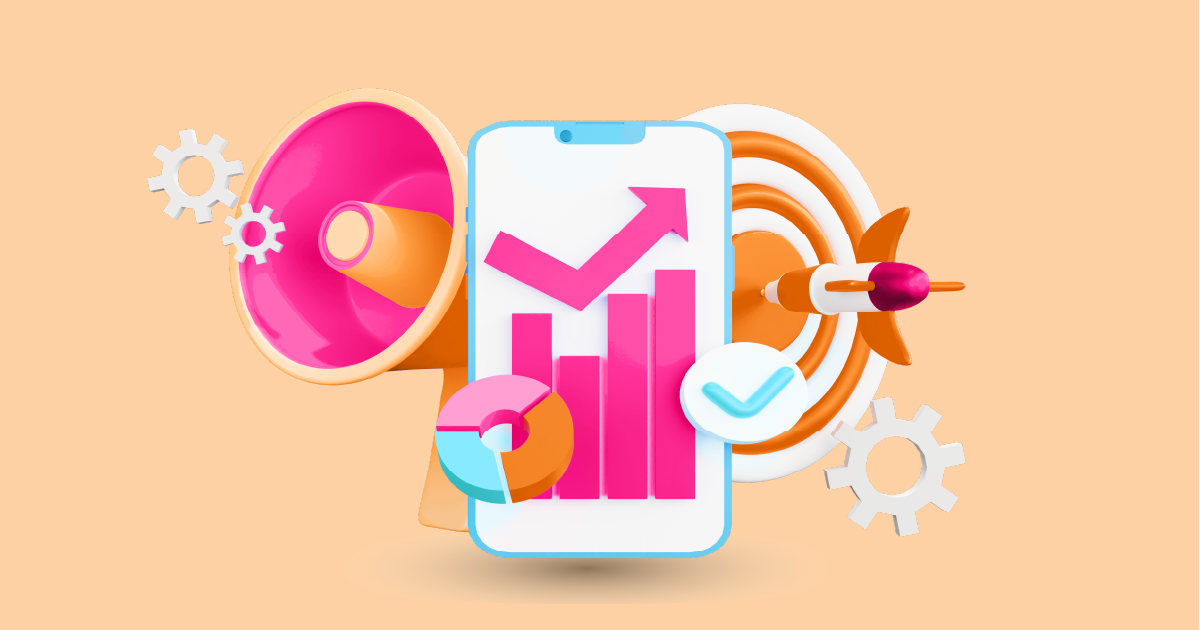In today’s fast-paced digital world, keeping an eye on what people are saying about your brand is more important than ever. Whether you’re a small business owner, a marketer, or just someone with a personal brand, brand monitoring can provide valuable insights. And the good news? There are plenty of free brand monitoring tools out there to help you do just that without breaking the bank.
Why Brand Monitoring is Essential

1. Understanding Brand Perception
Your brand is how people perceive you, and understanding this perception is crucial. It’s not just about what you say about yourself but what others say about you. By monitoring your brand, you can gain insights into customer satisfaction, identify potential issues early, and see what aspects of your brand resonate most with your audience.
2. Competitive Advantage
Keeping tabs on your brand also means keeping an eye on your competitors. By understanding how your competitors are perceived, you can identify gaps in the market, leverage their weaknesses, and enhance your strategies to stay ahead of the curve.
Criteria for Choosing Free Brand Monitoring Tools
1. Features to Look For
When selecting a brand monitoring tool, look for features like real-time alerts, sentiment analysis, and comprehensive data sources. These features ensure you get timely and relevant information about your brand.
2. Ease of Use
The tool should be user-friendly, allowing you to set up and navigate without requiring a steep learning curve. A simple interface can make a huge difference in how effectively you use the tool.
3. Data Accuracy
Accuracy is key. The tool should provide reliable data from credible sources. Inaccurate data can lead to misguided decisions, so it’s essential to choose tools known for their precision.
Top Free Brand Monitoring Tools
1. AIM Insights
Overview
AIM Insights tracks mentions of your brand across the web and social media, providing insights into brand perception and audience engagement.
Key Features
- Real-time alerts
- Sentiment analysis
- Competitor analysis
2. Google Alerts
Overview
Google Alerts is one of the most straightforward and widely used brand monitoring tools. It sends you email notifications whenever your specified keywords appear online.
How to Set Up Google Alerts
- Go to Google Alerts.
- Enter the keyword or phrase you want to monitor.
- Customize your alert settings (frequency, sources, language, region).
- Click ‘Create Alert.’
3. Mention
Overview
Mention is a robust tool that monitors billions of sources in over 40 languages. It’s great for tracking social media, blogs, forums, and more.
Key Features
- Real-time monitoring
- Sentiment analysis
- Customizable alerts
- Free plan with basic features
4. Hootsuite
Overview
Hootsuite is primarily known as a social media management tool, but it also offers brand monitoring features.
Free vs Paid Plans
The free plan allows you to manage up to three social media profiles and provides basic analytics, which can be sufficient for small-scale brand monitoring.
5. Social Mention
Overview
Social Mention is a social media search and analysis platform that aggregates user-generated content from across the web into a single stream of information.
Key Features
- Real-time social media search
- Sentiment analysis
- Influence scoring
6. Brand24 (Free Plan)
Overview
Brand24 offers a powerful free plan that provides basic monitoring features. It’s excellent for tracking brand mentions and social media interactions.
Limitations of the Free Plan
While the free plan is useful, it has limitations on the number of mentions and data retention period.
How to Set Up and Use These Free Brand Monitoring Tools
Step-by-Step Guide for Google Alerts
- Visit Google Alerts: Open your browser and go to Google Alerts.
- Enter Keywords: Type in the keywords related to your brand.
- Customize Alerts: Adjust the settings to fit your needs (e.g., sources, language, region).
- Create Alert: Click on ‘Create Alert’ to start receiving notifications.
Utilizing AIM Insights for Social Media Monitoring
- Sign Up for Mention: Create an account on AIM’s platform.
- Set Up Alerts: Enter your brand name and relevant keywords.
- Monitor Dashboard: Use the dashboard to view mentions in real-time and analyze sentiment.
Using Hootsuite for Comprehensive Monitoring
- Create a Hootsuite Account: Sign up on Hootsuite’s website.
- Add Social Media Profiles: Connect up to three social media profiles for free.
- Set Up Streams: Create streams for each keyword or hashtag you want to monitor.
Getting Started with Social Mention
- Visit Social Mention: Go to the Social Mention website.
- Enter Keywords: Type your brand name or relevant terms.
- Analyze Results: View the aggregated data to understand your brand’s social media presence.
Maximizing Free Plans of Brand24 and Awario
- Sign Up for Accounts: Register on Brand24 and Awario websites.
- Set Up Alerts: Input your brand name and other relevant keywords.
- Review Dashboards: Use the dashboards to monitor mentions and sentiment.
Benefits of Using Multiple Tools
1. Cross-Platform Insights
Different tools have strengths in different areas. Using multiple tools can provide a broader and more comprehensive view of your brand’s presence and perception across various platforms.
2. Comprehensive Coverage
By leveraging several tools, you can ensure no mention goes unnoticed. This comprehensive coverage is crucial for accurate brand monitoring and strategy adjustment.
Challenges
1. Data Limitations
Free tools often have limitations on the amount of data you can access. They may cap the number of mentions or the time period for data retention, which can hinder thorough analysis.
2. Potential Inaccuracies
While many free tools are reliable, some may occasionally pull in irrelevant data or miss critical mentions. It’s important to cross-check data and use multiple sources to ensure accuracy.
3. Resource Constraints
Free tools might lack some of the advanced features and customization options available in paid versions, which can limit their effectiveness for more complex monitoring needs.
Best Practices for Effective Brand Monitoring
1. Regular Check-Ins
Make it a habit to check your brand monitoring tools regularly. This helps you stay on top of new mentions and respond promptly to any issues.
2. Analyzing Data Trends
Look for patterns in the data over time. Analyzing trends can provide deeper insights into your brand’s performance and help you anticipate future challenges or opportunities.
3. Responding to Feedback
Use the insights gained from brand monitoring to improve your strategies. Respond to both positive and negative feedback to show your audience that you value their opinions.
Conclusion
Brand monitoring is a crucial aspect of managing your brand’s reputation and staying competitive in the market. With the array of free tools available, you can gain valuable insights without a significant financial investment. By choosing the right tools, setting them up effectively, and following best practices, you can ensure your brand remains well-regarded and responsive to the needs of your audience. If you’re looking for more advanced features and comprehensive coverage, consider requesting a demo from AIM Technologies to see how our solutions can elevate your brand monitoring strategy.
FAQs
What is brand monitoring?
- Brand monitoring involves tracking various channels to see what is being said about your brand. This includes social media, blogs, news sites, and forums.
How often should I check my brand monitoring tools?
- It’s best to check your brand monitoring tools at least once a day to stay on top of new mentions and respond promptly.
Are free brand monitoring tools reliable?
- Yes, many free brand monitoring tools are reliable, though they may have some limitations in terms of data volume and advanced features.
Can I rely solely on free tools for brand monitoring?
- While free tools can be quite effective, combining them with paid tools might provide more comprehensive insights and advanced features.
What should I do if I find negative feedback about my brand?
- Address negative feedback promptly and professionally. Engage with the feedback, acknowledge any issues, and offer solutions or apologies as appropriate to demonstrate your commitment to customer satisfaction.




